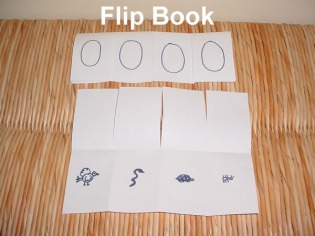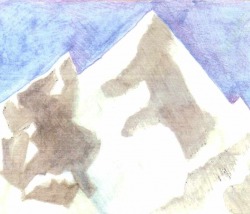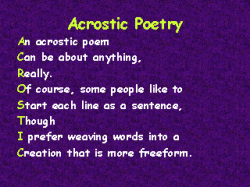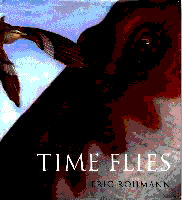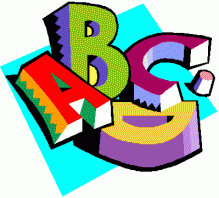Guided Reading
I met with two guided reading groups every day for 30 minutes each. I met with each group twice a week. There were 6 guided reading groups in the class each at a different reading level. Each day we worked on the reading strategy being discussed in the whole group lessons as well as working on different types of word patterns. After reading the text to themselves, I had the students respond in their reading journals about the story either in words or pictures. They could choose to answer provided prompts or write/draw their own response to the text. I listened to a different student read aloud to me each day while I completed a running record for them. Then we would work on comprehension. Finally, we would read the text together as a group. Each week we read one book per group.
On this page, you will find examples of comprehension activities that they completed during the group.
Making Mini-Books
I used many different types of mini-books throughout the year especially when using non-fiction texts.
* Flip Books: students sequence events in the text or the steps to complete a project, etc. The book is made from a piece of paper folded "hot dog" style (the vertically). The front of the book is cut into pieces and each piece flips up to reveal a fact or event underneath.
* Popsicle Books: Students write vocabulary words, facts or any other type of information learned from the text in a book bound together with a popsicle stick.
* Paper Bag Books: Similar to the popsicle book except the material is a brown paper lunch bag.
* Open and See Squares: Students are given a piece of paper that looks like a plus sign. In the center, they write the main idea and on each prong they write a supporting detail. The prongs fold over the center to create a small square.
Story Mountain
A story mountain looks like an outline of the mountain. At the base of the mountain, the students identify the characters, setting, and problem of the story. Up the left side of the mountain, they write important events in the story that lead to the climax of the story or the most important part. At the base of the mountain on the other they write the solution to the problem.
ABC Facts
I gave the students a sheet that had the alphabet listed down the middle. They had to go back into the text and find information that used each letter of the alphabet. The letter did not have to be at the beginning of the word and it could be one word, a sentence, or a phrase from the text.
